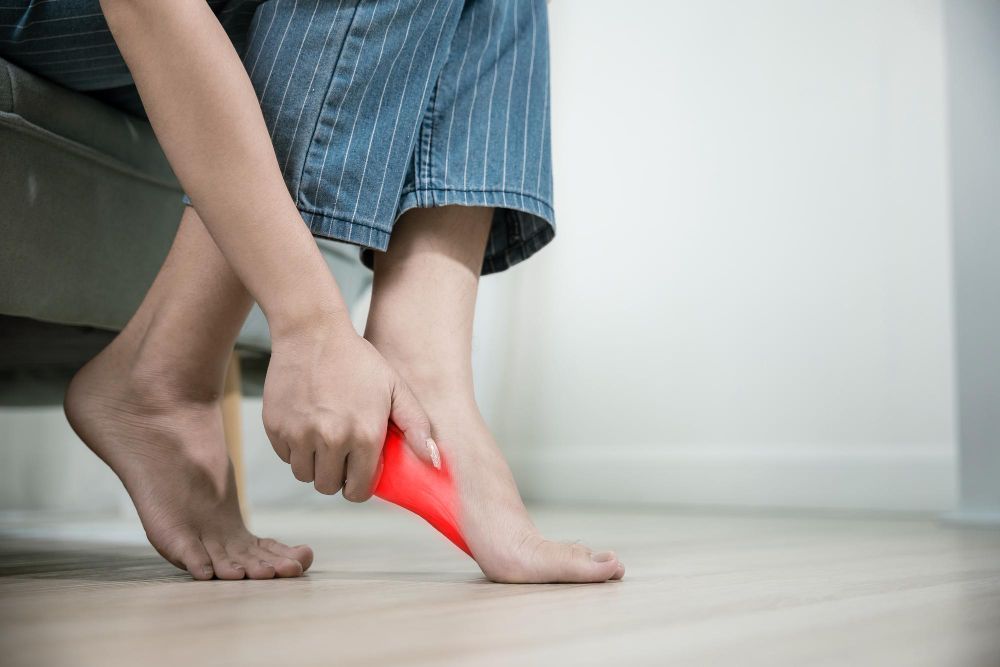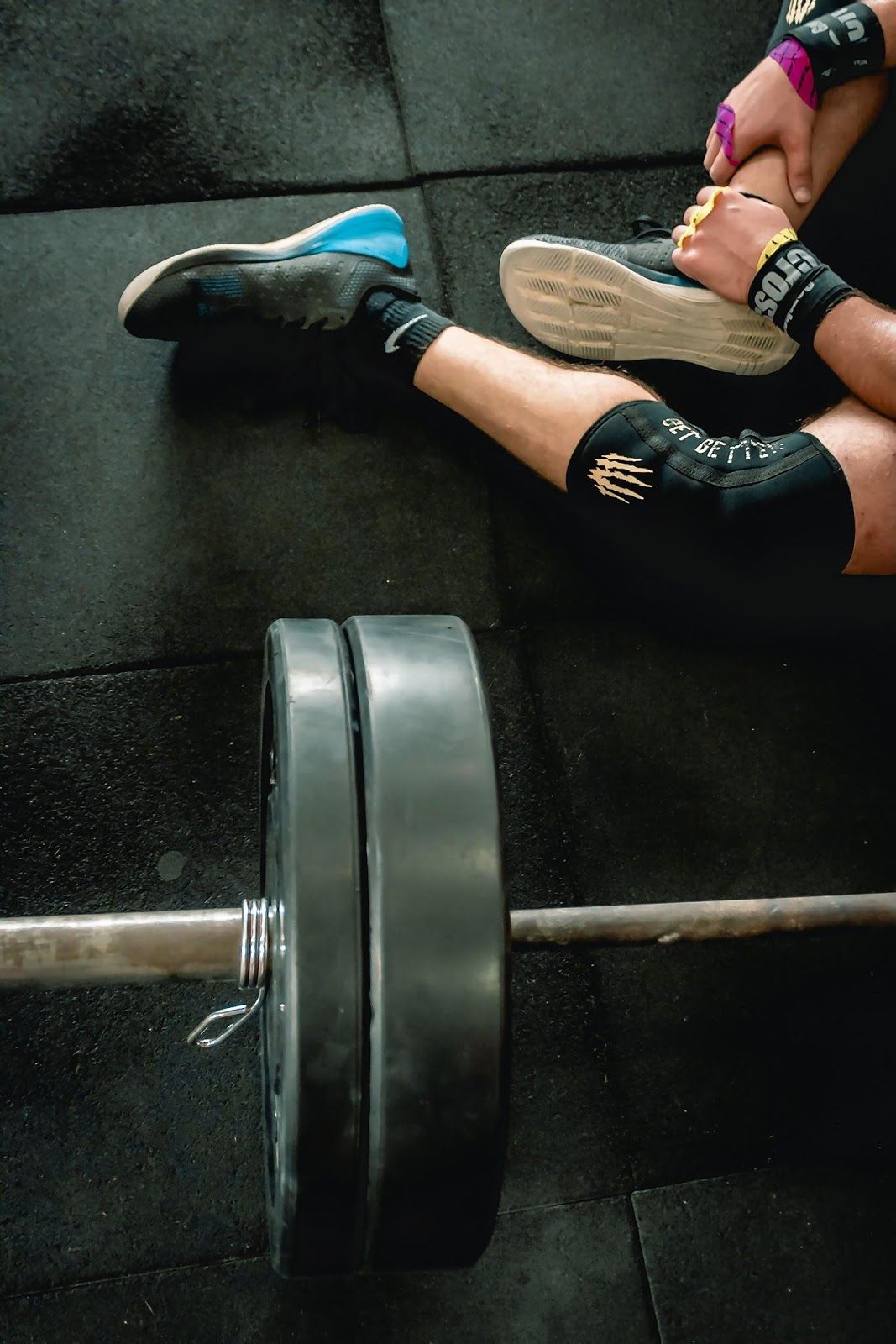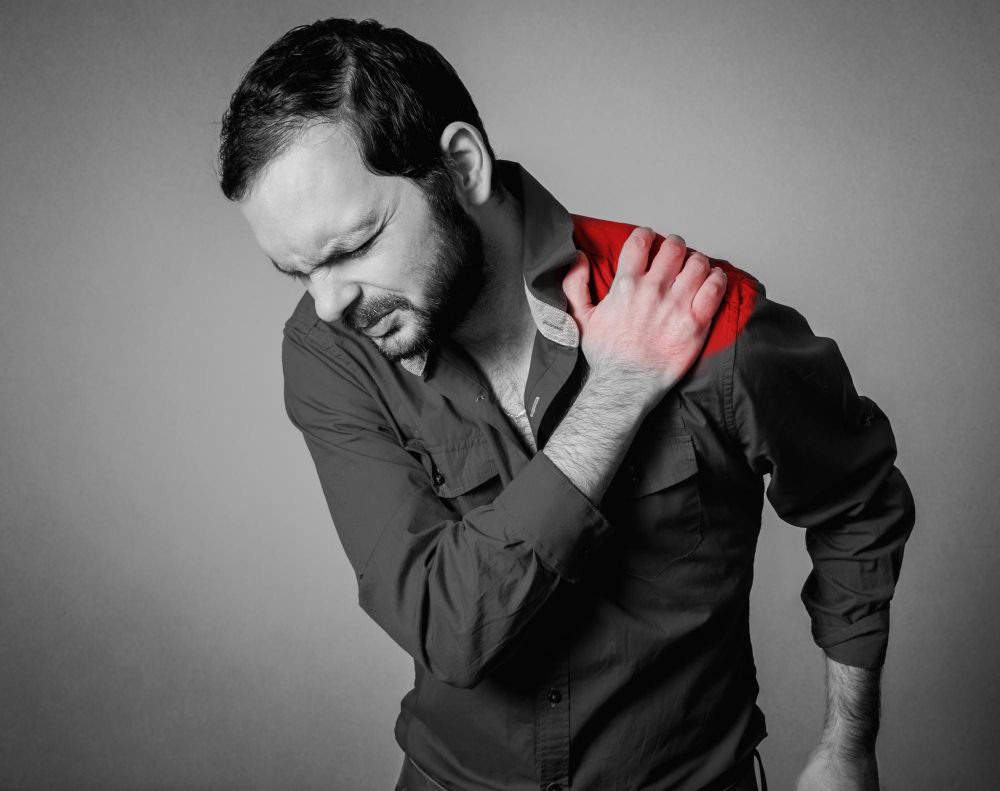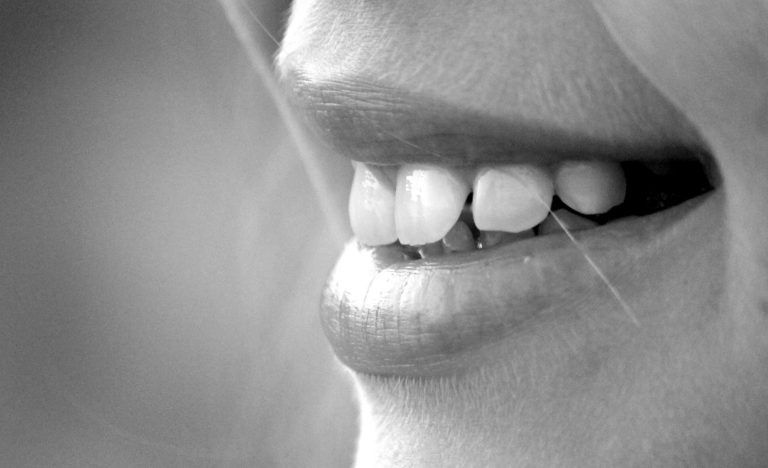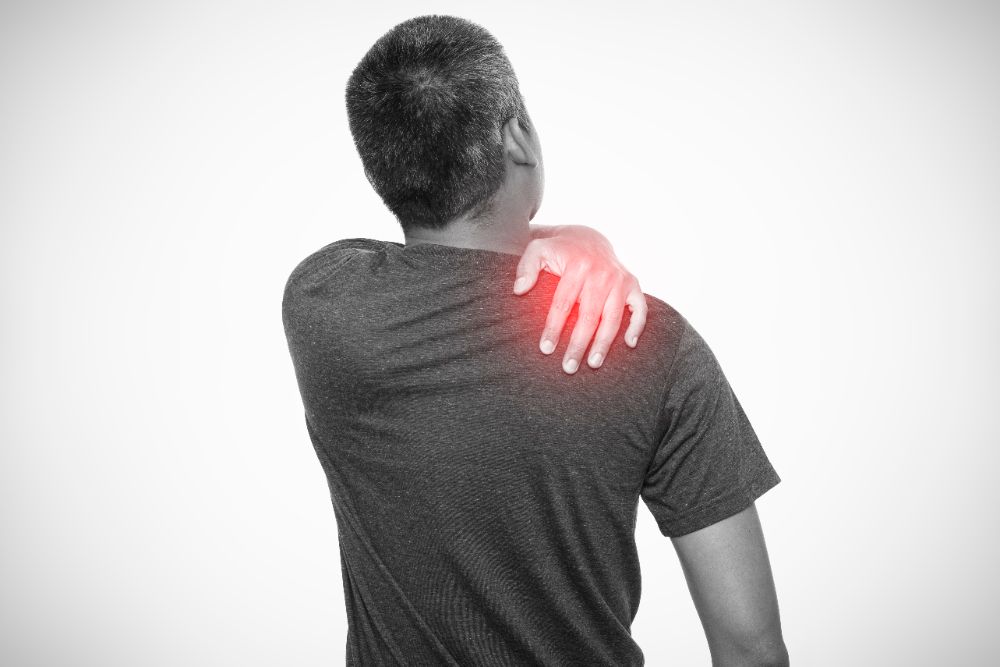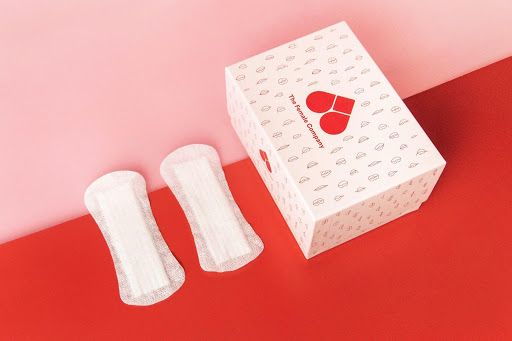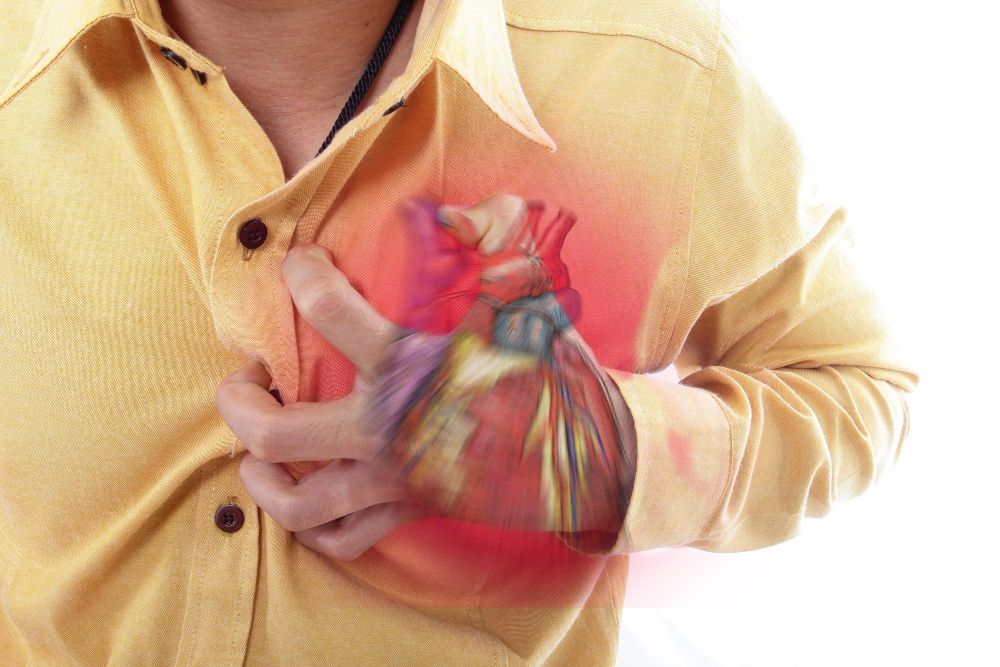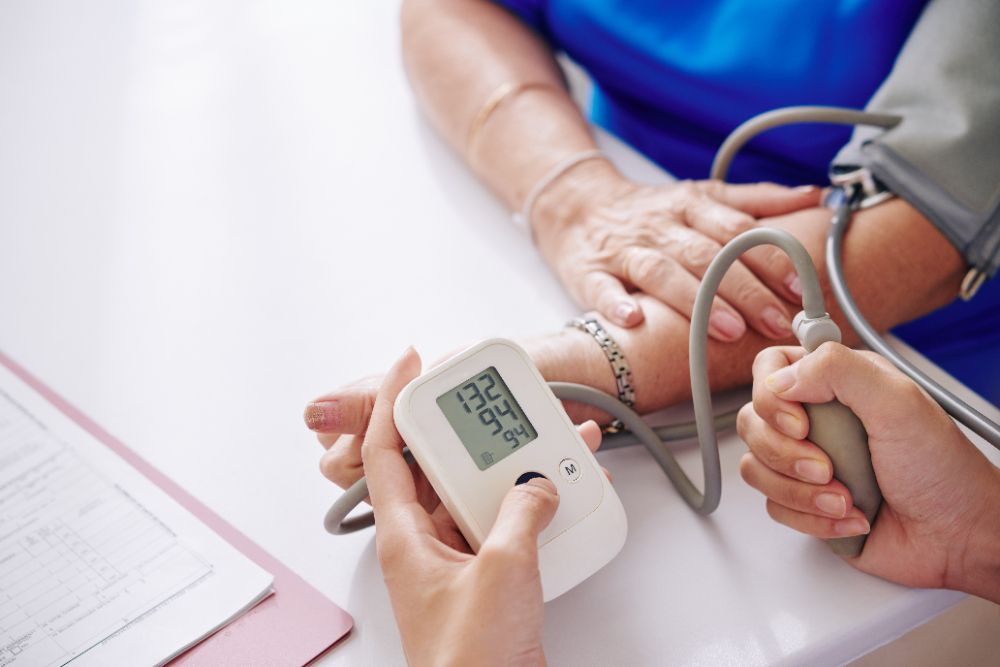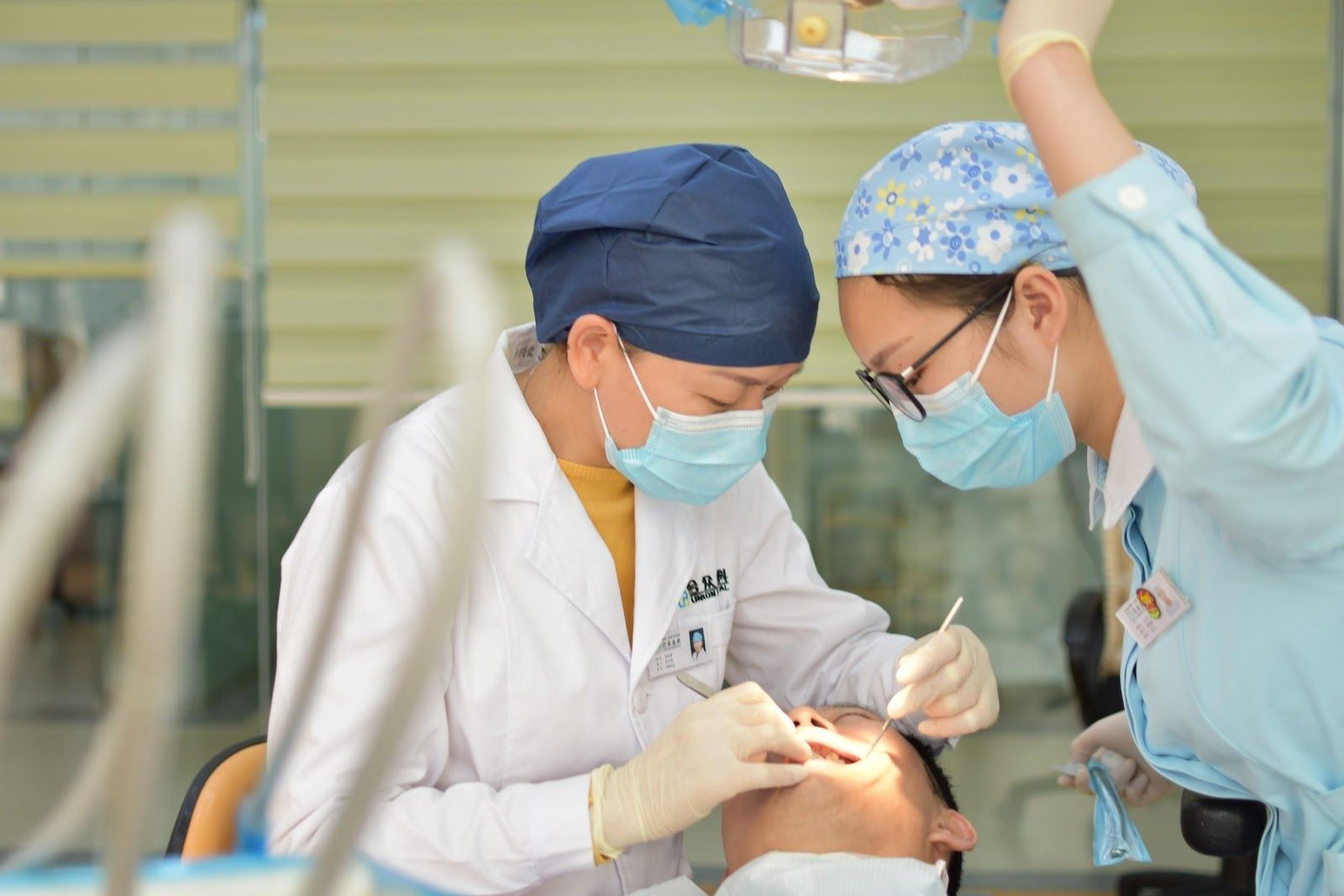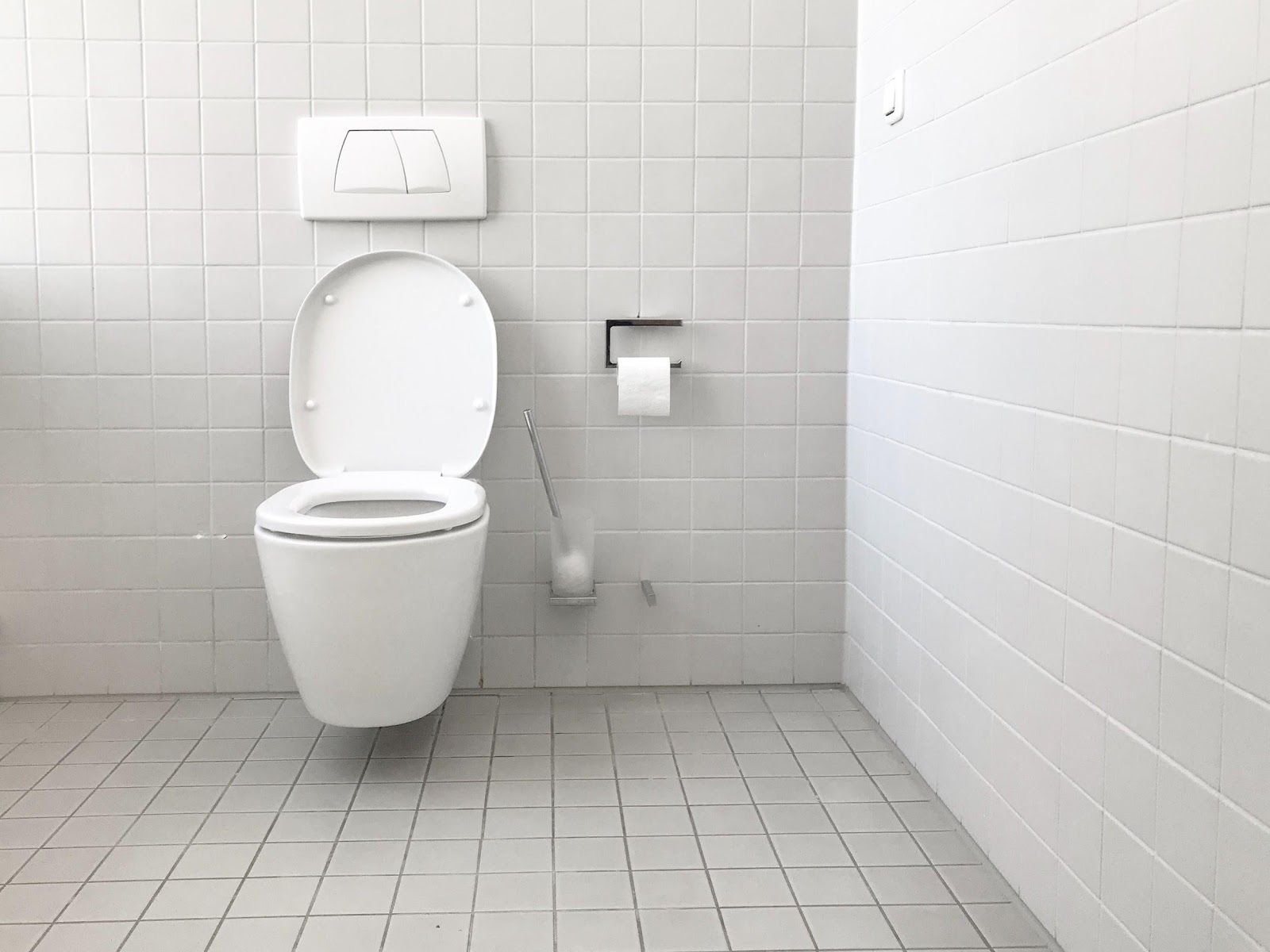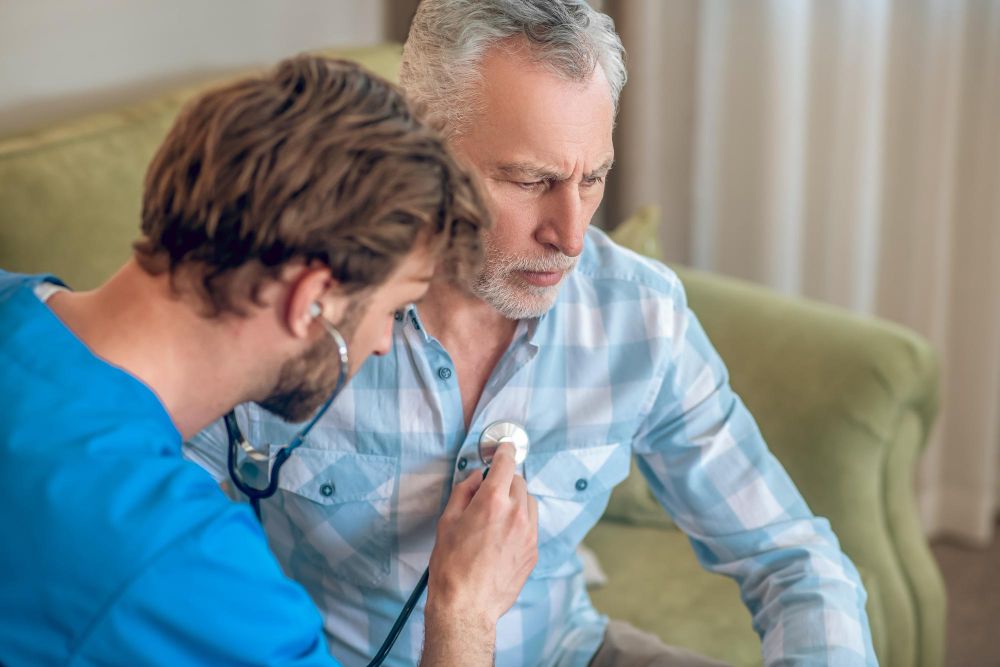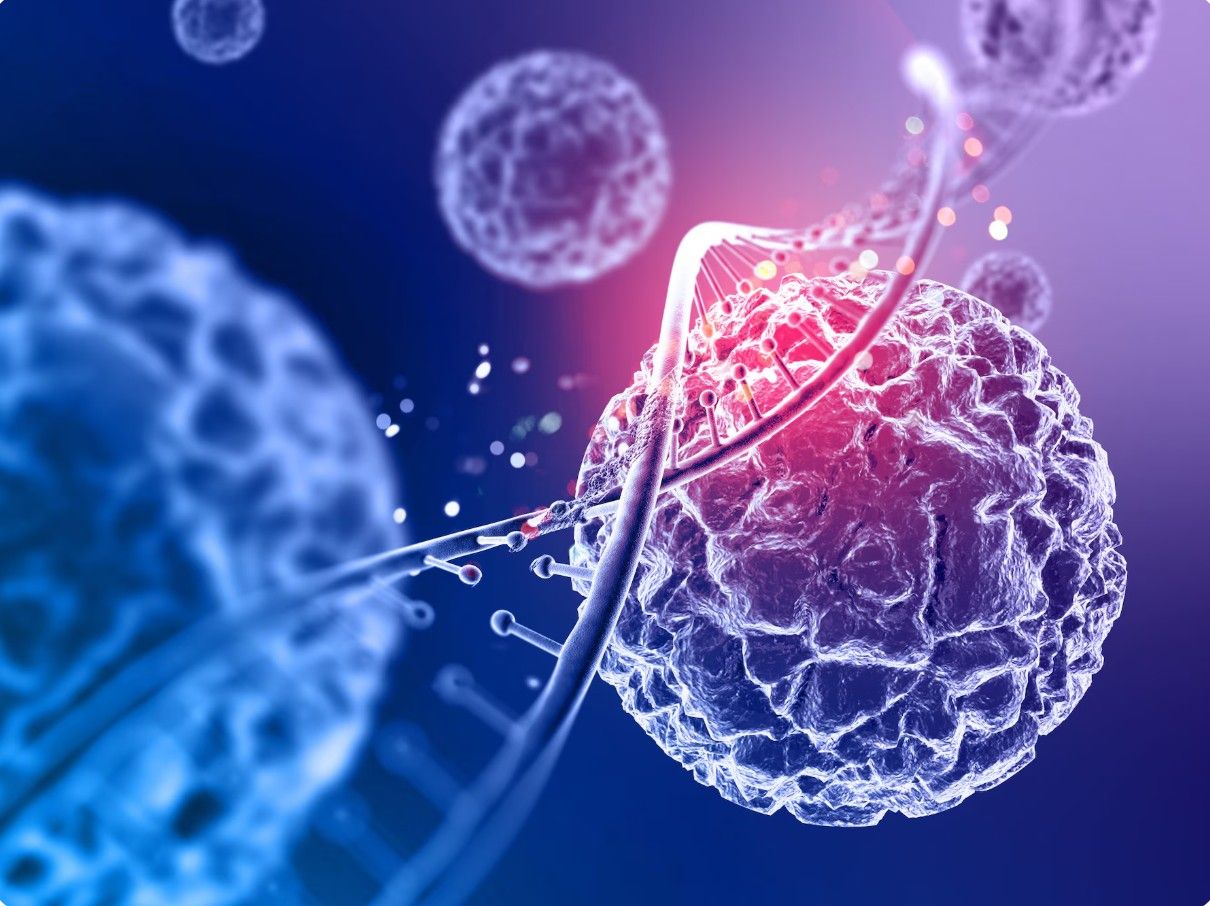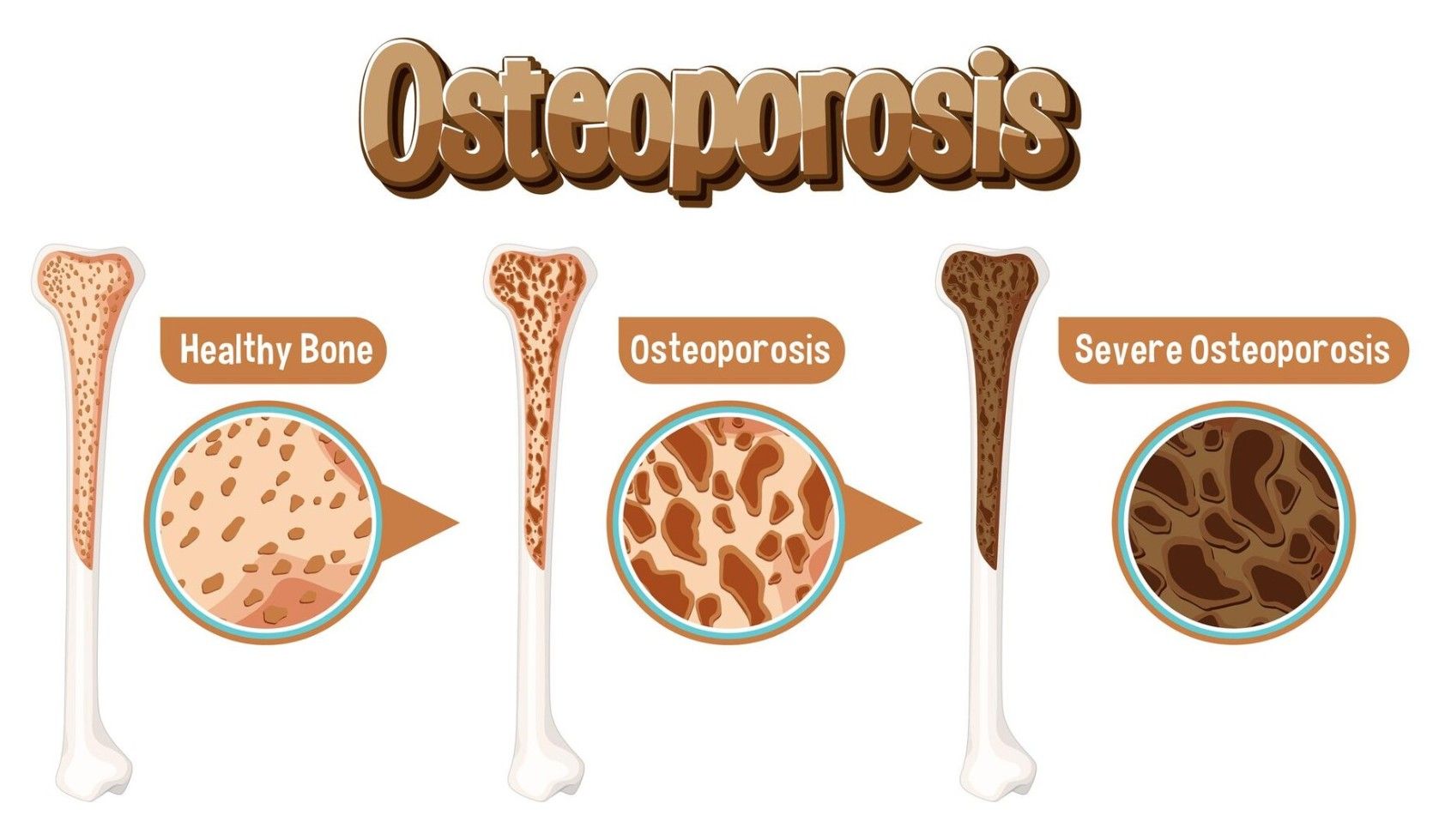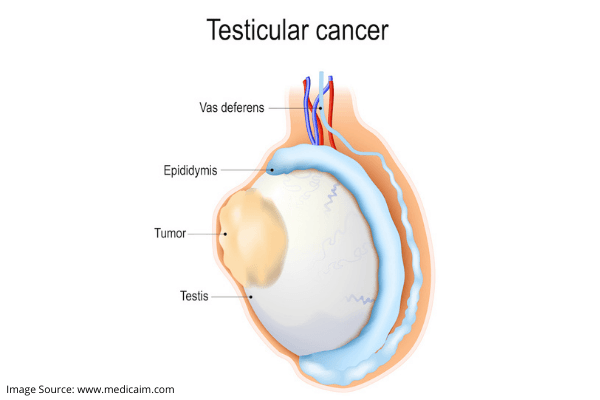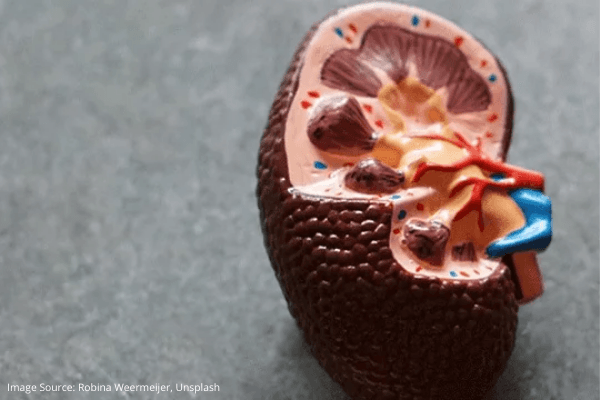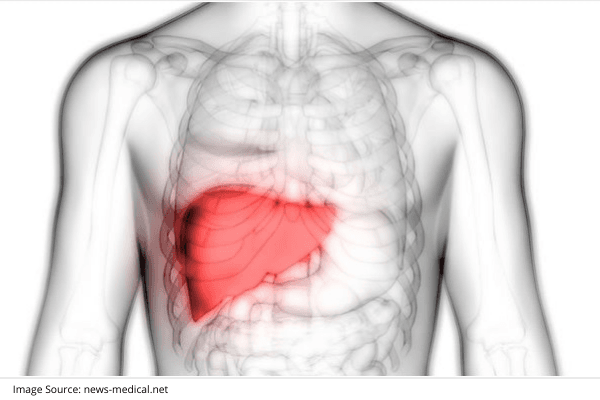Plantar Fasciitis
Plantar fasciitis is inflammation of the plantar fascia in your foot. It's the leading cause of heel pain. The plantar fascia is a strong fibrous attachment (akin to a ligament) that connects your heel to the ball of your foot and toes. It's as elastic as a thick rubber band that joins your foot's bones and produces the arch at the bottom. Plantar fasciitis develops when the plantar fascia is overworked or stretched too much. Anything that affects your plantar fascia can cause it to bulge. This inflammation makes walking and using your foot difficult. Most individuals have plantar fasciitis in one foot at a time, although it can happen in both.
Symptoms
The most common symptoms of plantar fasciitis are:
- Heel pain.
- Foot arch pain.
- Stiffness.
- Swelling on your heel.
- A tight Achilles tendon.
- Calcaneal spur buy overgrowth.
- Inflammatory conditions like hyperuricem
Causes
Plantar fasciitis is caused by anything that irritates or damages your plantar fascia, such as:
- Being on your feet all day at work.
- Sporting activities.
- Exercise or work on a hard surface (such as a warehouse floor or a sidewalk).
- Exercise without stretching or warming up.
- Wearing shoes that provide insufficient foot support (such as flip-flops or flat, flexible sneakers).
- You can walk or stand barefoot at home.
Diagnosis
Plantar fasciitis is diagnosed by a physical examination by a healthcare provider. They will ask about your symptoms and examine your foot. They may lightly press on your plantar fascia to detect inflammation and assess your level of pain. Inform your provider about the pain you are experiencing in your everyday routine. Tell them where your foot hurts and when it is most uncomfortable during the day. A healthcare provider frequently diagnoses plantar fasciitis without the need for any tests. If they suspect that another problem or disease is causing the discomfort, they may perform imaging studies on your foot. Some imaging tests you may require include:
- X-rays.
- An ultrasound.
- An MRI.
Treatment
Plantar fasciitis can normally be treated at home using over-the-counter (OTC) medications. To lessen the likelihood of recurrent plantar fasciitis, your healthcare professional will recommend solutions for alleviating your symptoms and supporting your feet. The most popular therapies for plantar fasciitis are:
- Over-the-counter NSAIDs: NSAIDs (such as aspirin, ibuprofen, and naproxen) relieve pain and inflammation. Do not take NSAIDs for more than ten days in a row without consulting your doctor.
- Rest: Take at least a week off from sports or the activities that caused the plantar fasciitis.
- Icing your foot: Ice your foot for 10 to 15 minutes twice a day. Wrap a cold water bottle in a thin cloth to protect your skin before rolling it around the bottom of your foot to massage the soreness.
- Wearing supportive shoes: Wear sturdy, padded shoes. Avoid wearing sandals, flip-flops, or other flat shoes that lack built-in arch support. Do not walk barefoot.
- Orthotics or shoe inserts: You can put inserts in your shoes to provide extra arch support. Your provider will recommend either pre-made inserts available over the counter or custom-made orthotics fitted to the exact shape of your foot.
- Immobilization: Wearing a walking boot (also known as a walking cast or pneumatic cam walker) for a few weeks will keep your foot in place and relieve strain on your plantar fascia. Your provider will tell you how long you'll have to wear a boot.
- Massaging and stretching: Your healthcare physician or a physical therapist will demonstrate stretching and massage treatments for your foot and calf muscles.
- Corticosteroids: Corticosteroids are medications that reduce inflammation. A corticosteroid, such as prednisone, may be injected into your plantar fascia by your healthcare professional.
- Platelet-rich plasma (PRP): PRP is typically injected to help mend and repair damage.
- Extracorporeal pulse activation technology (EPAT): EPAT is a type of shockwave therapy. Your provider will use concentrated acoustic waves (sound waves) to enhance blood flow to the plantar fascia, enabling it to heal quickly.
- Percutaneous needle tenotomy: A percutaneous tenotomy involves inserting a needle through your epidermis and into your plantar fascia. Your body delivers more blood to the area than usual, enhancing your plantar fascia's ability to heal itself.
- Plantar fasciitis surgery: Typically, the remedies indicated above are sufficient to alleviate symptoms and treat plantar fasciitis. It is quite rare to require surgery. The two most prevalent types of surgeries are gastrocnemius recession and plantar fascial release. Your healthcare practitioner or surgeon will advise you on the type of surgery required to treat plantar fasciitis.
Prevention
The best way to avoid plantar fasciitis is to keep your feet from overuse. In general: Stretch before and after exercising.
- Allow your feet to rest and recover after an intense activity or exercise.
- Wear supportive footwear.
- Do not walk barefoot on hard surfaces.
- Replace your sneakers every six to nine months (or after 250 to 500 miles of walking or running in them).
- If you have a health condition that increases your risk of developing plantar fasciitis, you may be unable to prevent it.
Plantar fasciitis can be painful and irritating, but with correct treatment and prevention, most people can control their symptoms and improve their quality of life. If you have recurrent heel pain, you should contact a doctor as soon as possible to avoid problems. Understanding the origins, symptoms, and treatment choices allows you to take the essential steps to manage and avoid plantar fasciitis while also maintaining healthy, pain-free feet.
Ten Effective Remedies That You Can Refer to When You Are Suffering from Muscle Cramps
Finally starting off with the gym life can get too overwhelming until you hit those muscle cramps along with the weights.
Skin Tags - Benign Tumor or Cancerous Tumor?
Skin tag if observed is a narrow stalk that hangs about your skin, bulging at the end. They are usually freshly colored and can grow anywhere on your body.
Rotator Cuff Tear
A rotator cuff tear is a rotator cuff injury that can cause shoulder pain and loss of arm function. The rotator cuff is a set of muscles and tendons in your shoulder.
Importance of Parental Counselling
Right from the moment you tell your friends and family about your pregnancy, little hints keep coming your way on parenting your unborn child!
Taking Care of a Terminal Patient? Here Are Six Ways to Help Them to the Fullest
A terminally ill patient is someone who has a relatively short life expectancy. Terminally ill people are usually shifted from an actively curative medicinal regime
Stages of Tooth Decay and Their Treatment Options
Tooth decay refers to the degradation process of the structure of the tooth resulting in permanent damage.
12 Home Remedies for Dry Cough
The flu, common cold, asthma, cigarette smoke exposure, and other conditions can all cause a dry cough. Home remedies such as honey, peppermint, and air purifiers may be beneficial.
Shoulder Dislocation
Shoulder dislocation occurs when the bones of your shoulder joint are pushed or forced out of their normal positions.
5 Facts to Keep in Mind for Your Monthly Menstruation Cycle
Our menstruation indicates multiple activities within your body. Every month, your uterus forms a thicker lining for the ovary to release an egg for a possible pregnancy.
Different Types of Diabetes
Junk food and increasing physical activity are leading to a worldwide epidemic of obesity, resulting in diseases like diabetes
Dilated Cardiomyopathy
Dilated cardiomyopathy is a form of heart muscle illness in which the heart chambers (ventricles) weaken and stretch, becoming bigger.
Hypertension (High Blood Pressure)
High blood pressure, also known as hypertension, is a condition in which the blood flow against the inner walls of the arteries is persistently high.
3 Cosmetic Dentistry Procedures You Did Not Know About
Over the past few years, cosmetic dentistry has undergone significant evolution in society. With the increasing demand for cosmetic dentistry, it is no longer a luxury; it has become a necessity.
5 Lifestyle Changes That Will Help with Your Urinary Incontinence
Urinary Incontinence is quite a painful and embarrassing condition to have. It refers to the loss of bladder control, which can vary from a slight release of urine after sneezing, coughing, or laughing, to a complete inability to control urination.
5 Tips This Summer to Avoid Heatstroke
Certain jobs demand fieldwork in the scorching heat. The warm weather, bright sun, and the blue skies are not always an excellent working environment for them at all.
6 Home Remedies for Yeast and Vaginal Infections
Yeast infection is common among women. You might have had the experience of irritating soreness and itching that prolonged for days due to not knowing about the cause.
Aortic Dissection
An aortic dissection is a tear in the aorta. This is the primary artery that transports oxygen-rich blood from your heart to the rest of your body.
Bariatric Surgery and Weight Loss
Bariatric surgery, also known as weight loss surgery, is performed on individuals suffering from obesity. It involves a variety of procedures that help maintain long-term weight loss and also aid in treating obesity.
Best Foods to Cleanse Your Liver
Your liver is one of the largest organs in your body and its primary function is to filter the system by converting toxins to waste products, cleansing your blood and process various nutrients.
Infertility and its Major Causes and Treatments
Infertility is an issue that’s on the rise – not just in India but all over the world. It’s estimated that, on average, one out of every six couples has had issues with infertility.
Precautions to be Taken to Avoid Eosinophilia
Let’s begin with talking about eosinophils – they are just a type of white blood cells that are laden with reactive chemicals which get released under specific conditions to cause mayhem in the body
What is BMD Assessment and its Significance in Treating Osteoporosis
Osteoporosis is that creepy monster lurking in the dark, waiting to manifest itself as you age and get less active.
Signs of Testicular Cancer
Men have a pair of testicles located in a sac-like pouch called the scrotum. It forms part of their reproductive system and are responsible for sperm production.
Signs and Symptoms of Kidney Stone
Your kidneys are very important organs in the body; they regulate water content, filter waste from blood, and produce hormones.
Treatment For Liver Failure
Treatment for liver failure depends largely on the causative agent; for example of it’s due to hepatitis virus infection, then hydration and supportive care needs to be provided while the body’s immune system fights back. If it’s due to gallstones,
Related Blogs
Ten Effective Remedies That You Can Refer to When You Are Suffering from Muscle Cramps
Finally starting off with the gym life can get too overwhelming until you hit those muscle cramps along with the weights.
Skin Tags - Benign Tumor or Cancerous Tumor?
Skin tag if observed is a narrow stalk that hangs about your skin, bulging at the end. They are usually freshly colored and can grow anywhere on your body.


